
Introduction
In the world of infrared illumination, selecting the right LED specification can make or break your application's performance. Two critical parameters define the effectiveness of infrared LEDs: wavelength selection (850nm versus 940nm) and beam characteristics (narrow versus wide beam patterns). These seemingly technical specifications have profound impacts on detection range, power efficiency, sensor compatibility, and user experience across diverse applications.
Whether you're developing a security surveillance system that requires long-range night vision, an automotive driver monitoring system that demands invisible operation, or an industrial automation solution needing precise object detection, understanding these IR LED fundamentals is essential for optimal system design.
Brightek, a leading provider of high-power infrared LEDs, offers comprehensive solutions spanning both wavelength options and beam configurations to meet the demanding requirements of modern applications. Our extensive portfolio serves engineers and system integrators across security, automotive, industrial, and medical sectors worldwide.
This guide will help you navigate the technical considerations and trade-offs involved in selecting between 850nm and 940nm wavelengths, while exploring the advantages of narrow beam IR LEDs for applications requiring focused, long-range infrared illumination. By the end, you'll have the knowledge needed to make informed decisions that optimize your system's performance, cost, and user experience.
Understanding Narrow Beam IR LEDs
What Are Narrow Beam IR LEDs?
Narrow beam infrared LEDs are specialized light sources engineered to concentrate their infrared emission into a focused, directional pattern, typically featuring beam angles ranging from 8° to 30°. Unlike standard wide beam IR LEDs that distribute light across broader angles (often 60° to 120°), narrow beam variants use integrated optical elements such as reflectors, lenses, or dome configurations to channel the infrared energy into a concentrated cone of illumination.
This focused approach fundamentally changes how the infrared energy is distributed in space. While wide beam IR LEDs provide broad area coverage suitable for general illumination applications, narrow beam LEDs sacrifice coverage area to achieve significantly higher radiant intensity in their target direction. The result is a more powerful, directed infrared beam that can reach greater distances while maintaining sufficient intensity for sensor detection.
Advantages of Narrow Beam IR LEDs
The concentrated light pattern of narrow beam IR LEDs delivers several compelling advantages that make them indispensable for precision applications:
• Increased Radiant Intensity: By focusing the same optical power into a smaller solid angle, narrow beam LEDs achieve dramatically higher radiant intensity values compared to their wide beam counterparts. This concentration can result in 3-10x higher intensity in the target direction, enabling superior performance in range-critical applications.
• Extended Projection Range: The higher radiant intensity directly translates to longer effective illumination distances. Applications requiring infrared detection or illumination beyond 10-20 meters particularly benefit from this extended range capability, making narrow beam LEDs essential for long-distance surveillance and sensing applications.
• Reduced Light Spill for Targeted Applications: The focused beam pattern minimizes unwanted infrared spillage outside the intended target area. This precision reduces interference with adjacent systems, prevents false triggers in multi-sensor installations, and ensures infrared energy is concentrated where it's needed most.
• Higher Accuracy in Detection Systems: For applications requiring precise object detection or measurement, the well-defined beam pattern provides consistent illumination geometry. This predictable light distribution enables more accurate sensor readings and reduces detection errors caused by uneven illumination.
• Power Efficiency: Since infrared energy is concentrated in the useful detection area rather than being dispersed broadly, narrow beam LEDs often achieve better system-level efficiency. Less total optical power may be required to achieve the same performance in the target zone.
• Built-in Optics Advantage: Many narrow beam IR LEDs incorporate precision-molded optics or reflector systems directly into the LED package. This integration can eliminate the need for secondary optical elements, reducing system complexity, component count, and potential alignment issues while maintaining consistent optical performance.
Applications of Narrow Beam IR LEDs
Security and Surveillance
The security industry has embraced narrow beam IR LEDs for applications where long-range illumination and precise targeting are critical for effective monitoring and detection.
• Long-range CCTV Illumination: Security cameras positioned at significant distances from their targets require concentrated infrared illumination to maintain image quality in complete darkness. Narrow beam IR LEDs enable clear surveillance footage at ranges of 50-200 meters, making them ideal for perimeter monitoring, parking lot surveillance, and wide-area security installations. The focused beam ensures maximum infrared energy reaches the camera's field of view without wasting power on unnecessary illumination areas.
• License Plate Recognition (LPR): Automated license plate recognition systems demand precise infrared illumination to capture clear images of moving vehicles, often at distances of 10-30 meters. The narrow beam pattern provides consistent illumination across the license plate detection zone while minimizing glare and reflections that could interfere with optical character recognition algorithms. For LPR applications, Brightek's BIR-H48C8-1HBIR (850nm) offers excellent sensor compatibility and range performance, while the BIR-H49C9-1HBIR (940nm) provides invisible operation for covert license plate monitoring where the infrared illumination should not be detectable to drivers.
• Perimeter Security (IR Tripwires): Invisible infrared beam barriers and tripwire systems rely on narrow beam IR LEDs to create precise detection zones across entry points, fences, and restricted areas. The focused beam enables reliable detection while minimizing false alarms from environmental factors like small animals or vegetation movement.
Object Detection and Sensing
Industrial and automation applications leverage narrow beam IR LEDs for precise object detection, measurement, and sensing tasks where accuracy and reliability are paramount.
• Long-range Proximity Sensing: Automated systems in manufacturing, warehousing, and robotics require reliable object detection at distances beyond the capability of standard proximity sensors. Narrow beam IR LEDs enable detection ranges of 1-10 meters while maintaining high accuracy and immunity to ambient light interference. The BIR-H5AC9-1HBIR (940nm Narrow Beam) is specifically designed for these demanding proximity sensing applications, offering invisible operation and excellent long-range performance.
• Optical Encoders for Precision Sensing: Position and motion sensing systems use narrow beam IR LEDs to create precise optical interruption patterns for measuring rotation, linear motion, and positioning. The focused beam ensures clean switching characteristics and high-resolution detection capability essential for servo systems, CNC machines, and precision instrumentation.
• Beam Break Sensors: Safety systems, people counting applications, and automated sorting equipment rely on narrow beam IR LEDs to create invisible detection barriers. The concentrated beam pattern enables reliable detection while minimizing sensitivity to dust, ambient light, and mechanical vibrations that could cause false triggers.
Data Communication and Control
• IR Point-to-Point Data Transmission: Wireless infrared communication systems use narrow beam LEDs to establish reliable data links between devices. The focused beam pattern increases communication range while reducing susceptibility to interference and eavesdropping, making these systems ideal for secure industrial communication and building automation networks.
• Remote Control Applications: Advanced remote control systems requiring precise targeting benefit from narrow beam IR LEDs. Applications include industrial equipment control, presentation systems, and specialized consumer electronics where the infrared signal must reach specific targets without affecting nearby devices.
Automotive
The automotive industry increasingly relies on narrow beam IR LEDs for advanced driver assistance systems and interior monitoring applications where precision and invisibility are crucial.
• Driver Monitoring Systems (DMS): Modern vehicles use infrared illumination for continuous monitoring of driver attention, drowsiness, and distraction. The narrow beam pattern provides even facial illumination for camera-based analysis while minimizing reflection from interior surfaces that could interfere with detection algorithms. Brightek's automotive-qualified BIR-H58A8-1HBIR (850nm) delivers excellent performance for cost-sensitive DMS applications, while the BIR-H59A9-1HBIR (940nm) offers completely invisible operation for premium vehicle interiors where any visible glow would be unacceptable.
• Gesture Recognition: Advanced human-machine interfaces in vehicles use infrared illumination to enable touchless control of infotainment systems, climate controls, and other vehicle functions. The narrow beam pattern provides consistent illumination for hand and finger tracking while avoiding interference with other interior lighting systems.
Industrial Automation
Manufacturing and automation systems increasingly depend on narrow beam IR LEDs for machine vision, quality control, and process monitoring applications.
• Machine Vision Systems: Automated inspection systems use infrared illumination to enhance contrast and reveal features invisible under standard lighting conditions. The narrow beam pattern enables precise illumination control for consistent imaging results across production runs. The BIR-H68A8-1HBIR (850nm Narrow Beam) is particularly well-suited for industrial machine vision applications requiring reliable performance in harsh manufacturing environments.

• Object Detection in Automated Warehouses: Modern fulfillment centers and automated warehouses use narrow beam IR LEDs for package detection, sorting, and tracking systems. The focused illumination enables reliable detection of packages at various distances while minimizing interference from ambient lighting and reflective surfaces.
Medical and Scientific Instruments
Controlled Illumination for Imaging: Medical imaging systems and scientific instruments require precise infrared illumination for diagnostic and research applications. Narrow beam IR LEDs provide controlled illumination geometry essential for consistent imaging results and accurate measurements in applications ranging from ophthalmology to materials science research.
Comparing 850nm vs. 940nm Infrared LEDs
The choice between 850nm and 940nm wavelengths represents one of the most critical decisions in infrared system design, with each wavelength offering distinct advantages that make them suitable for different application requirements. Understanding these trade-offs is essential for optimizing system performance, cost, and user experience.
850nm IR LED Advantages
• Higher Sensor Sensitivity: The 850nm wavelength falls within the peak sensitivity range of most silicon-based CMOS and CCD sensors. This natural compatibility means that cameras and photodetectors achieve maximum responsivity at 850nm, resulting in stronger signal strength and better signal-to-noise ratios. For applications requiring maximum detection range or operating in challenging lighting conditions, this sensitivity advantage can be decisive.
• Longer Illumination Range and Lower Power Consumption: The superior sensor sensitivity at 850nm translates directly into extended operational range and improved power efficiency. Systems can achieve the same detection performance with lower optical power output, or alternatively, achieve greater range with the same power consumption. This efficiency advantage becomes particularly important in battery-powered applications or systems with strict power budgets.
• Lower Cost Due to Mature Market Adoption: The 850nm wavelength has been widely adopted across industries for decades, leading to mature manufacturing processes, higher production volumes, and competitive pricing. This cost advantage extends beyond the LED itself to include compatible sensors, optical filters, and system components, making 850nm an economical choice for cost-sensitive applications.
• Faint Red Glow: While 850nm infrared is largely invisible to the human eye, it produces a subtle red glow that becomes visible in complete darkness or when viewed directly. For many applications, this slight visibility is acceptable or even beneficial, as it can provide visual confirmation that the system is operating. However, this characteristic must be considered for applications requiring complete covert operation.
940nm IR LED Advantages
• Virtually Invisibility to Human Vision: The 940nm wavelength falls well outside the visible spectrum, Invisible to human vision in normal conditions; unlike 850 nm, 940 nm does not exhibit the faint deep-red glow visible in darkness when looking directly at the emitter. . This invisibility is crucial for applications where any visible indication of infrared illumination would be undesirable, such as covert security systems, premium automotive interiors, or consumer devices where aesthetic considerations are paramount.
• Superior Ambient Light Rejection: The 940nm wavelength offers better rejection of certain types of ambient light interference, particularly sunlight and incandescent lighting. While both wavelengths can be affected by ambient infrared, the spectral characteristics of 940nm often provide more stable operation in challenging lighting environments, reducing false triggers and improving system reliability.
• Premium Aesthetic Appeal: In consumer-facing applications, particularly automotive interiors and high-end consumer electronics, the complete absence of any visible glow is increasingly expected by users. The invisible operation of 940nm LEDs contributes to clean, professional aesthetics without compromising functionality.
• Improving Performance with Advanced Sensors: Modern sensor technology is rapidly improving sensitivity at 940nm wavelength. Advanced CMOS sensors and specialized infrared detectors are closing the sensitivity gap, making 940nm increasingly viable for applications that previously required 850nm. This trend is particularly evident in automotive and consumer electronics applications where invisibility is valued.
Trade-Offs in Driver Monitoring Systems (DMS)
Driver Monitoring Systems exemplify the practical considerations involved in wavelength selection, as they must balance technical performance with user acceptance and regulatory requirements.
• 850nm in DMS Applications: The superior sensor sensitivity of 850nm enables better image quality for facial feature detection and eye tracking algorithms. The longer effective range allows more flexible camera positioning within the vehicle interior, while the lower power consumption extends system operating life. The cost advantage of 850nm components helps make DMS technology more accessible across vehicle price segments. However, the faint red glow, while minimal, may be noticeable to some drivers in dark conditions and could be perceived as a distraction.
• 940nm in DMS Applications: When paired with matching narrow-band optical filters and sensors, 940 nm LEDs can offer more stable performance under strong ambient light conditions than 850 nm devices.The covert operation ensures that the monitoring system remains unobtrusive during normal driving conditions. However, implementing 940nm DMS may require more advanced (and potentially more expensive) sensors to achieve the same image quality, and the system may need higher optical power to compensate for reduced sensor sensitivity.
Choosing the Right IR LED for Your Application
Selecting the optimal infrared LED requires evaluating several key factors that determine system performance, cost, and user acceptance:
• Required Range and Visibility: Applications beyond 20 meters typically favor 850nm LEDs for superior sensor compatibility and range. For closer ranges (under 10 meters) requiring complete invisibility, 940nm is preferred despite higher costs.
• Sensor Compatibility: Legacy CMOS and CCD sensors perform optimally with 850nm, offering higher sensitivity and better signal-to-noise ratios. Modern sensors designed for 940nm can achieve comparable performance but may require different power levels.
• Environment: Indoor applications can use either wavelength, while outdoor systems face solar infrared interference challenges. Automotive applications require components rated for -40°C to +105°C with automotive qualification standards.
• System Cost: 850nm generally offers lower component costs due to mature market adoption, while 940nm costs are decreasing with increased production volumes. Consider the total cost including sensors, optics, and power consumption.
Brightek's diverse IR LED lineup covers 850nm, 940nm, and narrow-beam options for global automotive, industrial, and security applications, with automotive-qualified components meeting demanding reliability requirements.
Conclusion
Narrow beam infrared LEDs represent a precision solution for applications demanding focused illumination, extended range, and targeted detection capabilities. Their concentrated light output enables superior performance in security surveillance, automotive driver monitoring, industrial automation, and sensing applications where standard wide beam LEDs fall short.
The choice between 850nm and 940nm wavelengths ultimately comes down to balancing range and cost effectiveness against invisibility and aesthetic requirements. 850nm LEDs offer proven performance with higher sensor sensitivity, longer illumination range, and lower system costs, making them ideal for applications where slight visibility is acceptable. Meanwhile, 940nm LEDs provide completely covert operation with improved sensor compatibility, perfect for premium applications where invisible operation is essential.
Success in infrared system design requires careful evaluation of your specific requirements, including operational range, environmental conditions, sensor compatibility, and cost constraints. Consider not just the LED specifications, but the entire system ecosystem, including sensors, optics, power requirements, and long-term reliability needs.
Ready to optimize your infrared illumination system? Explore Brightek's comprehensive IR LED portfolio featuring automotive-qualified narrow beam solutions in both 850nm and 940nm wavelengths. Our engineering team stands ready to help you select the optimal IR LED configuration for your specific application requirements. Contact us today for technical consultation and specification guidance to ensure your system achieves peak performance, reliability, and cost effectiveness.




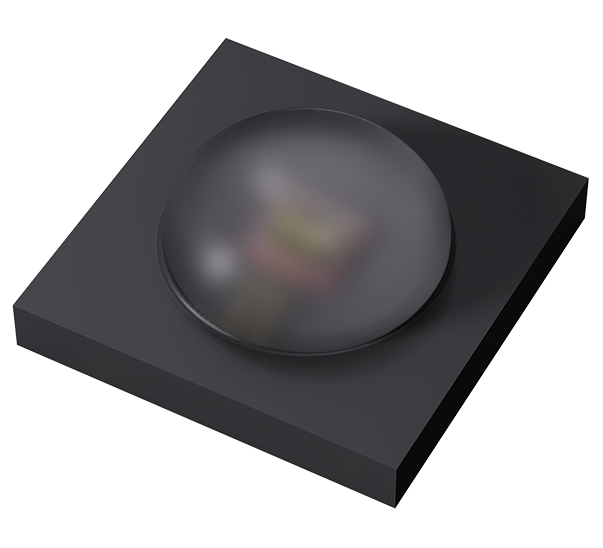
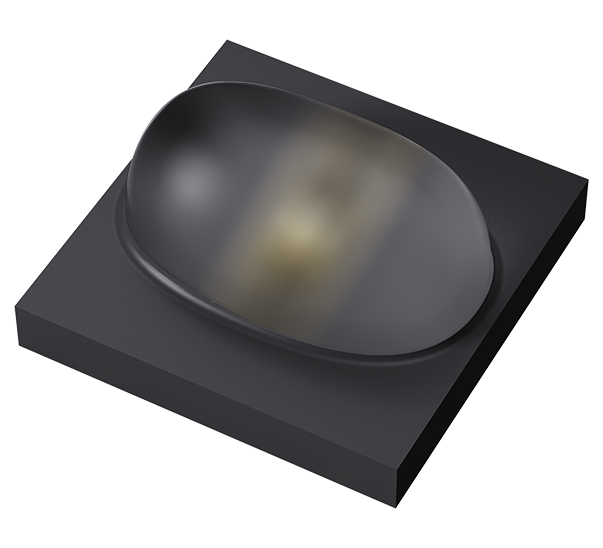
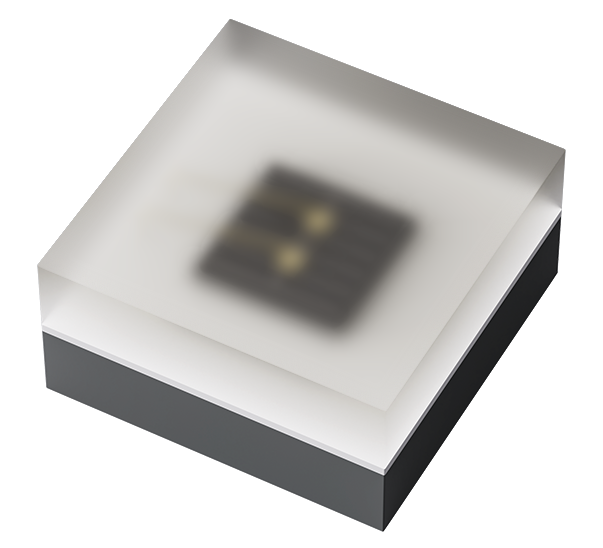
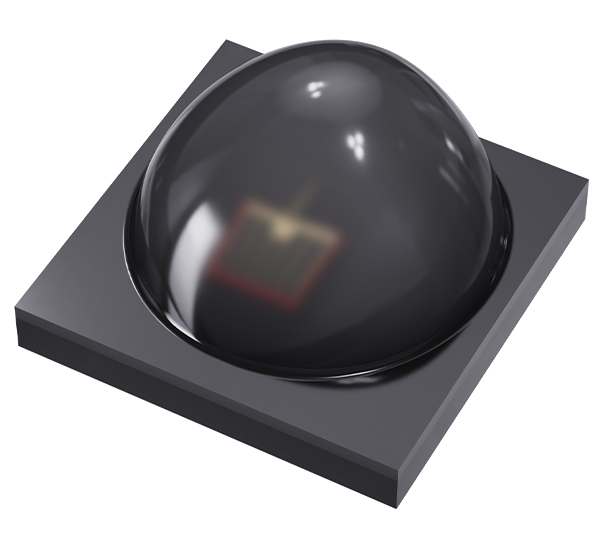
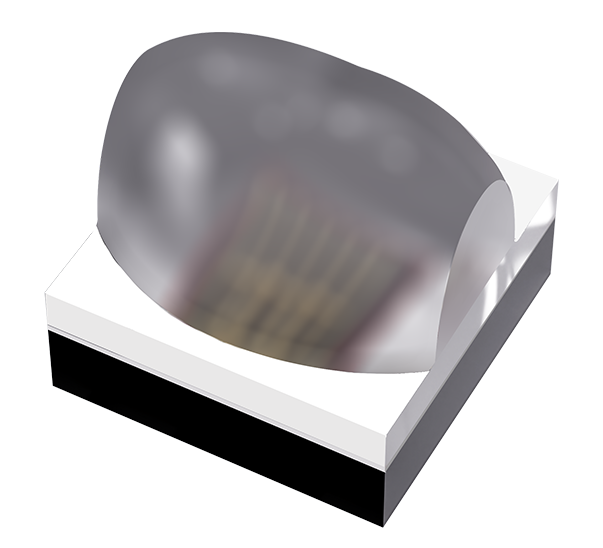

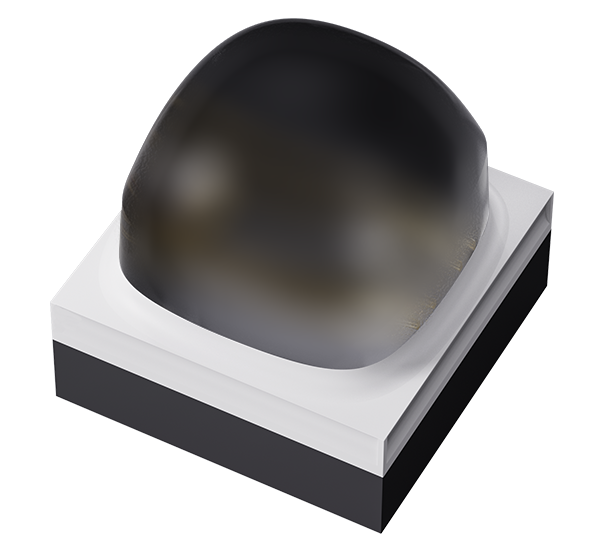
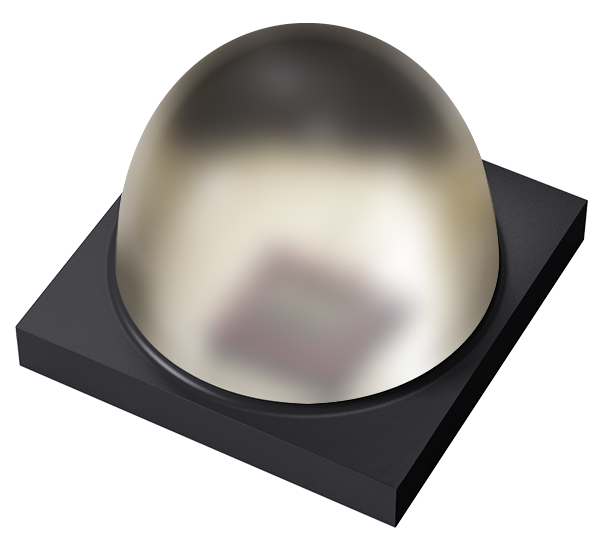
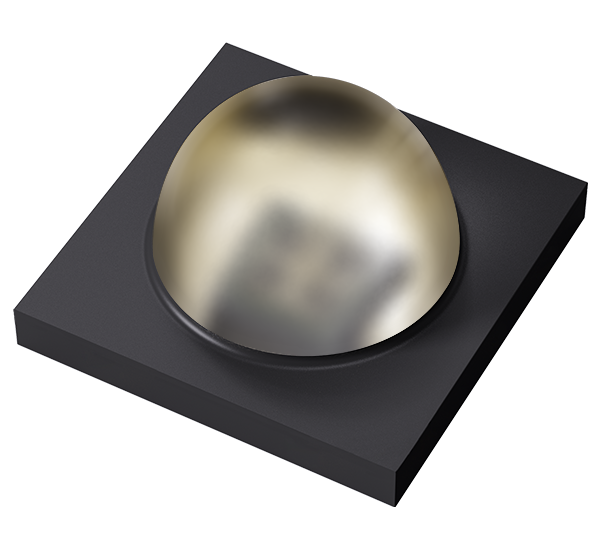
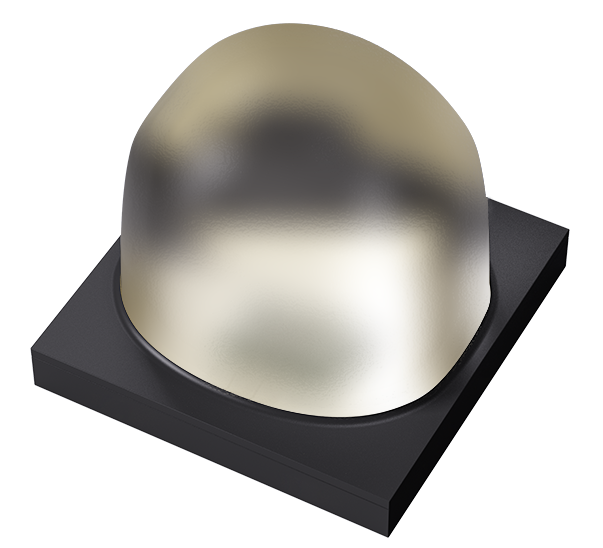



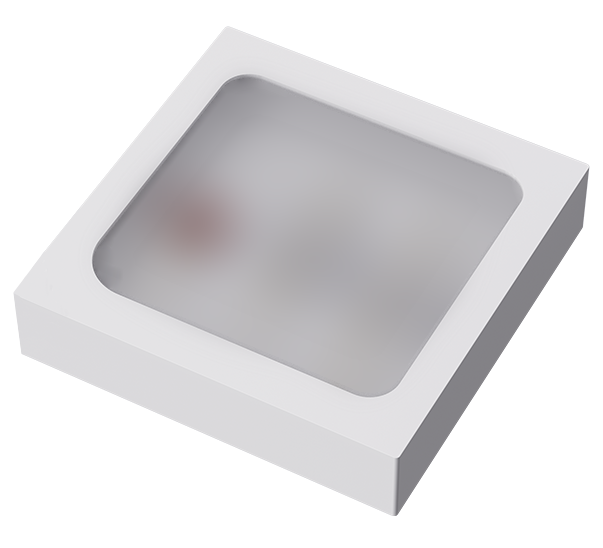
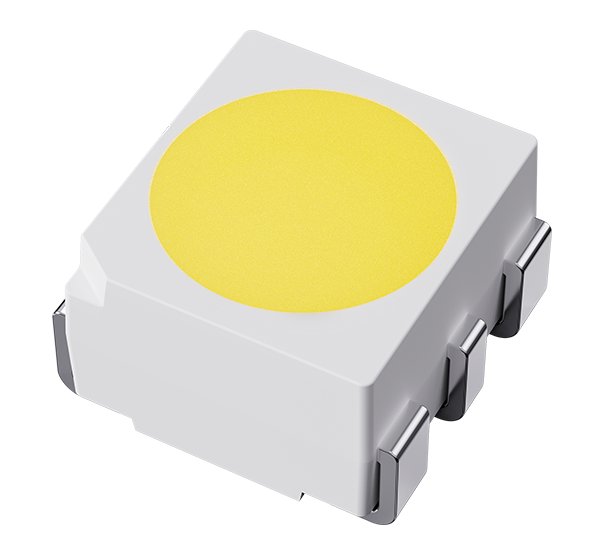
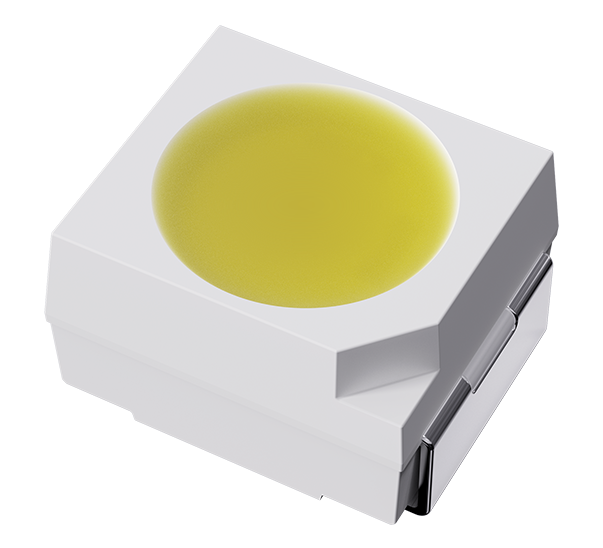
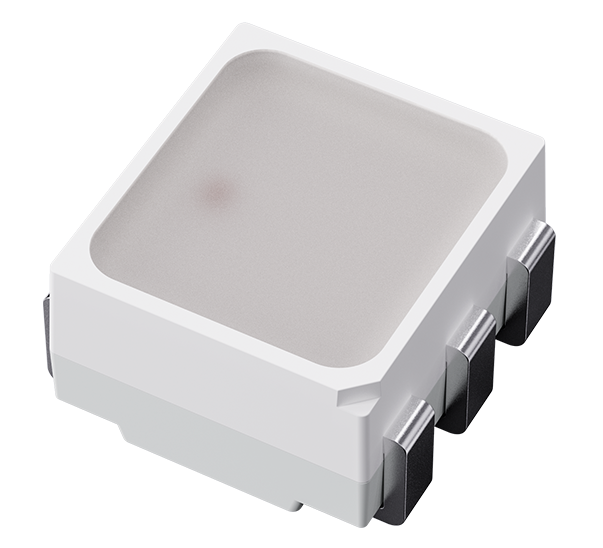
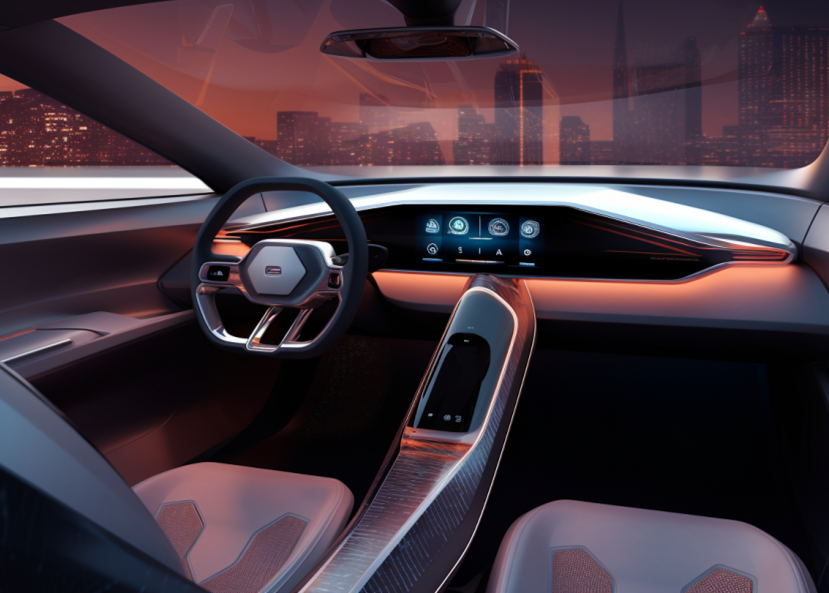


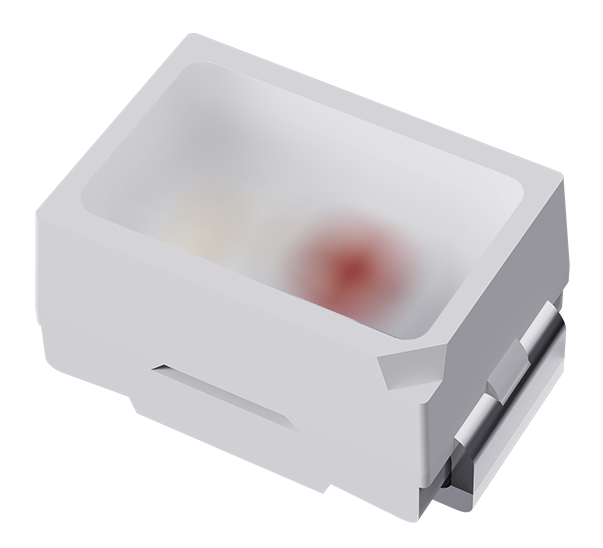
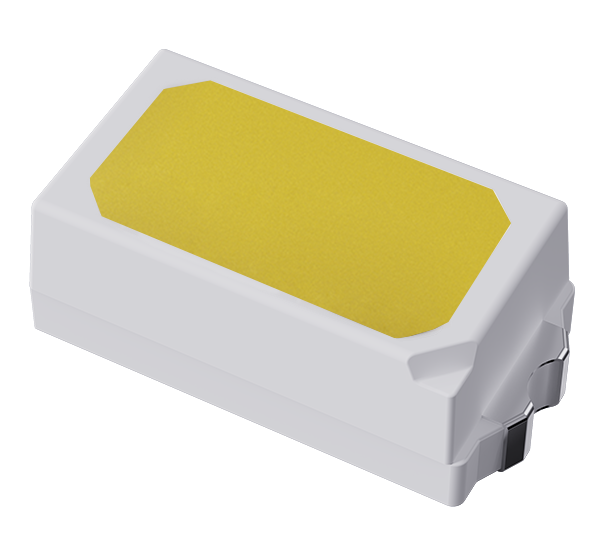


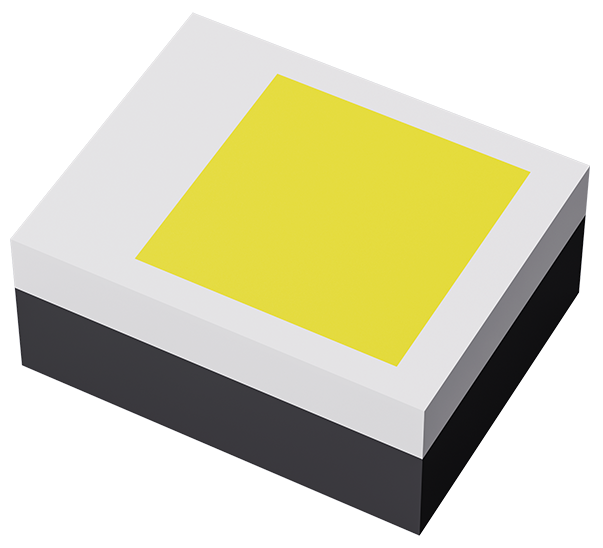
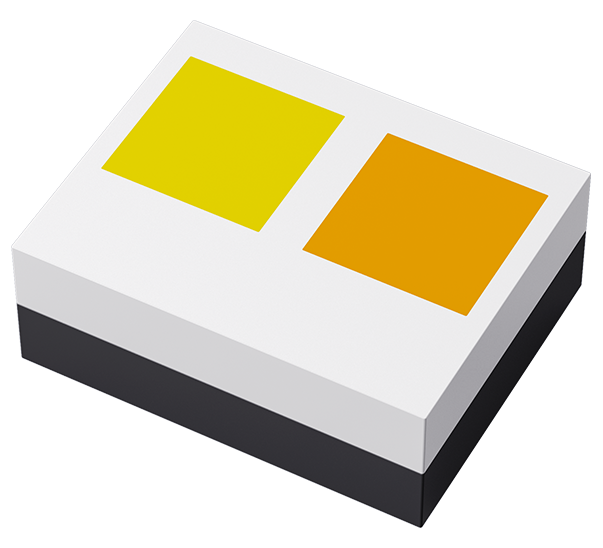
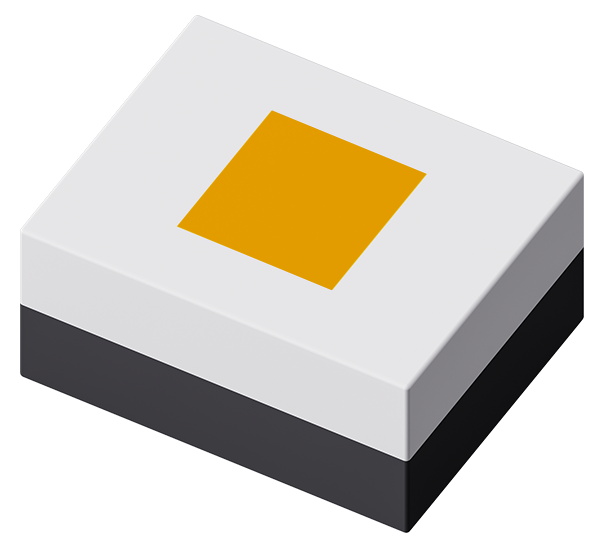
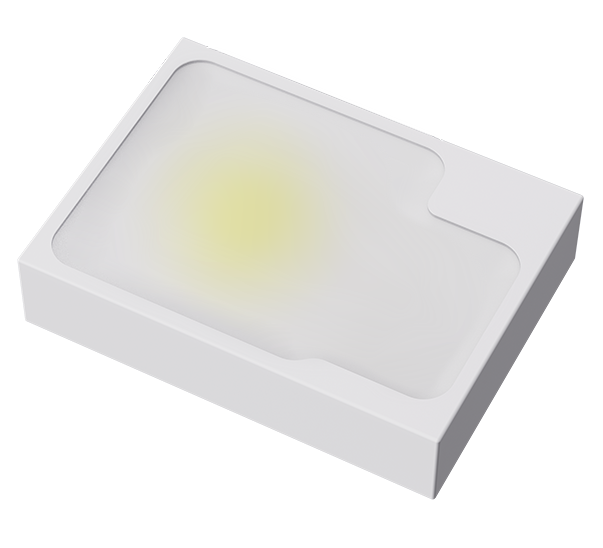



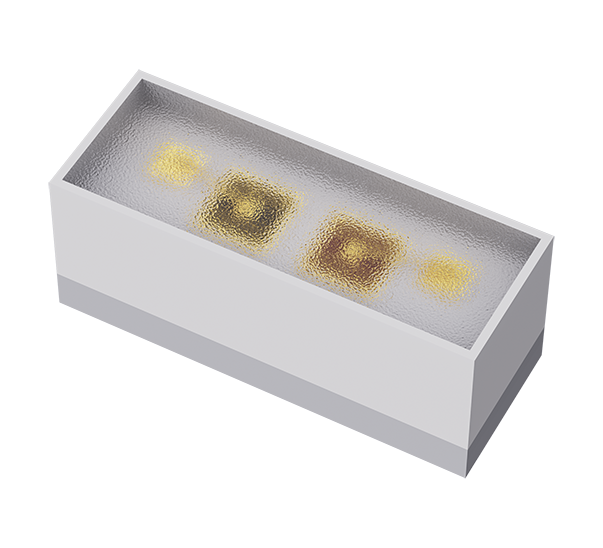
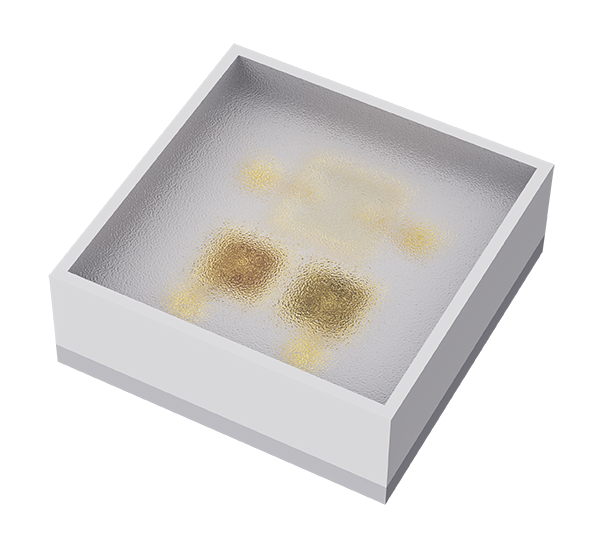
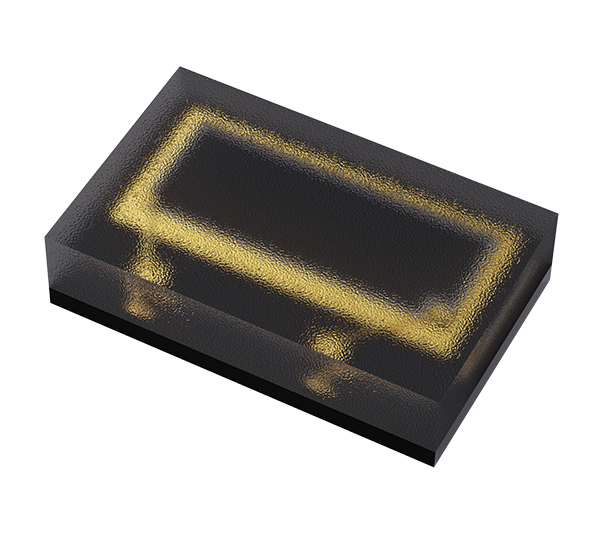
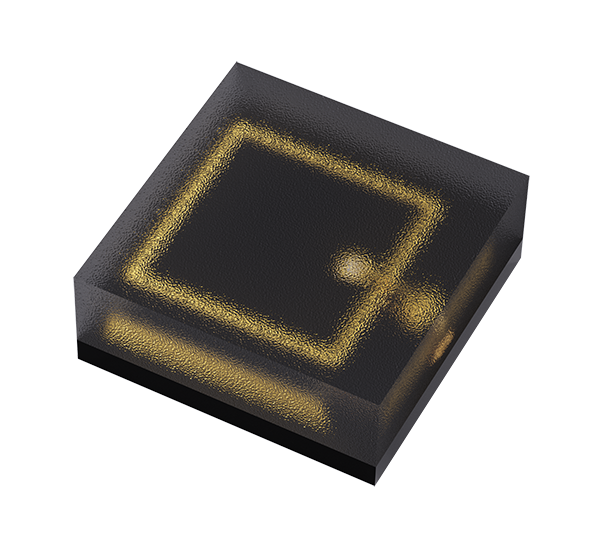
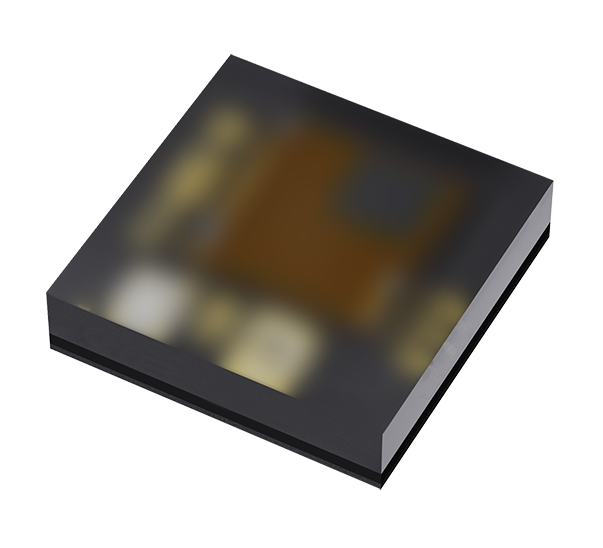

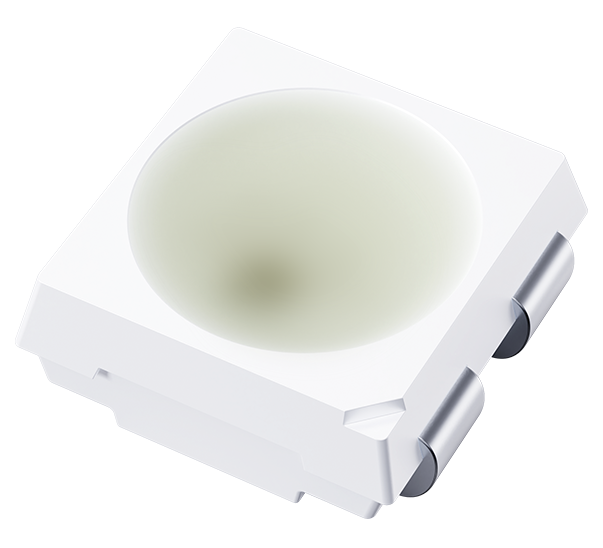
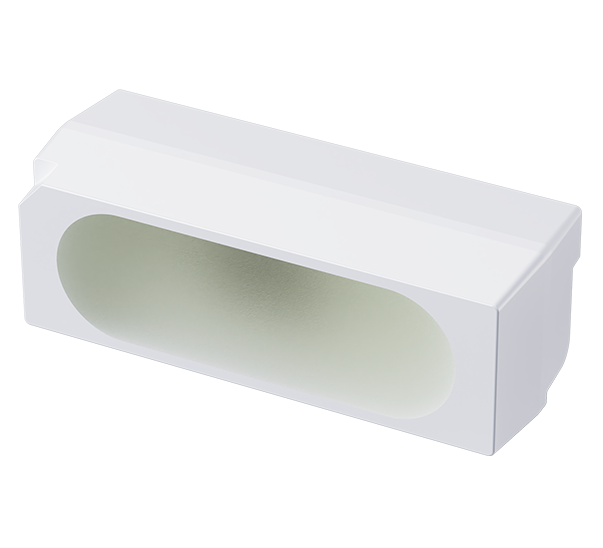
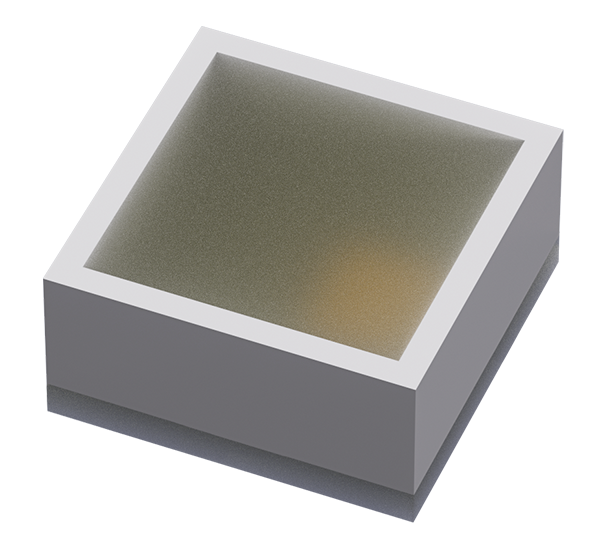
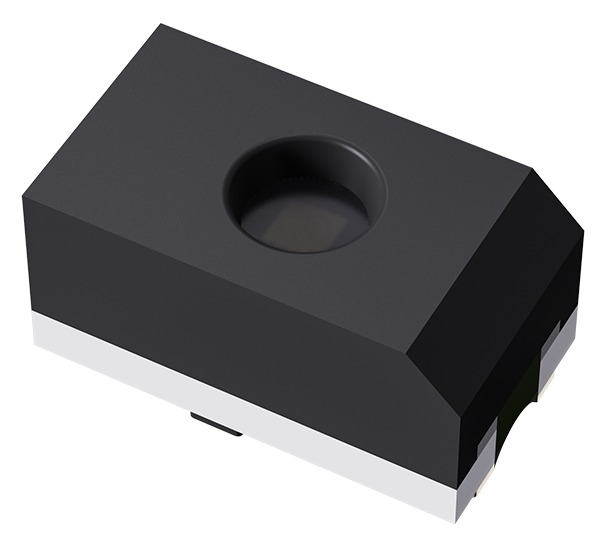
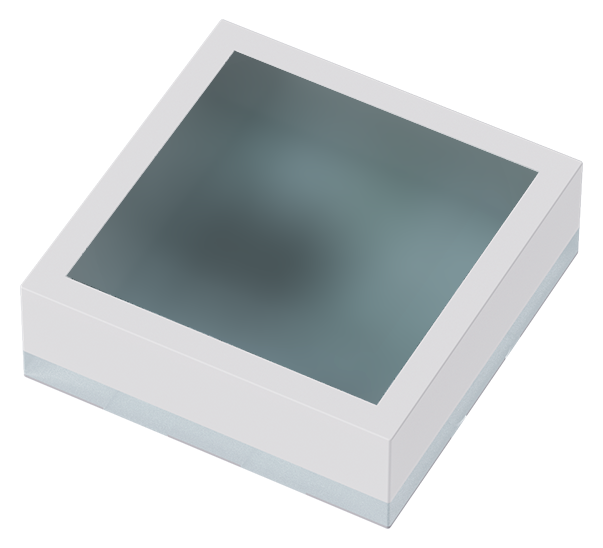
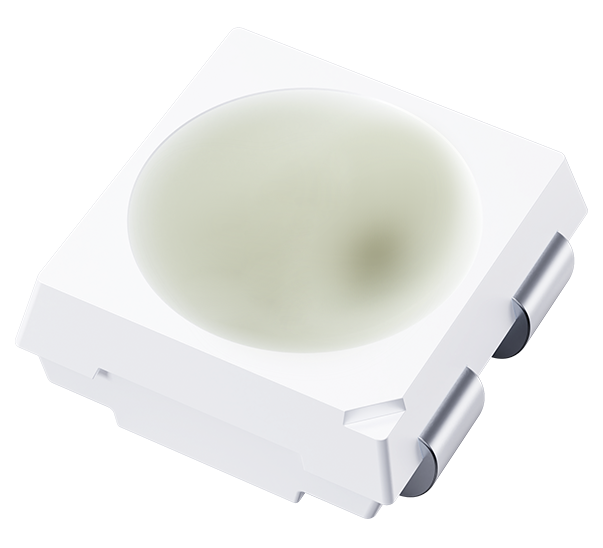
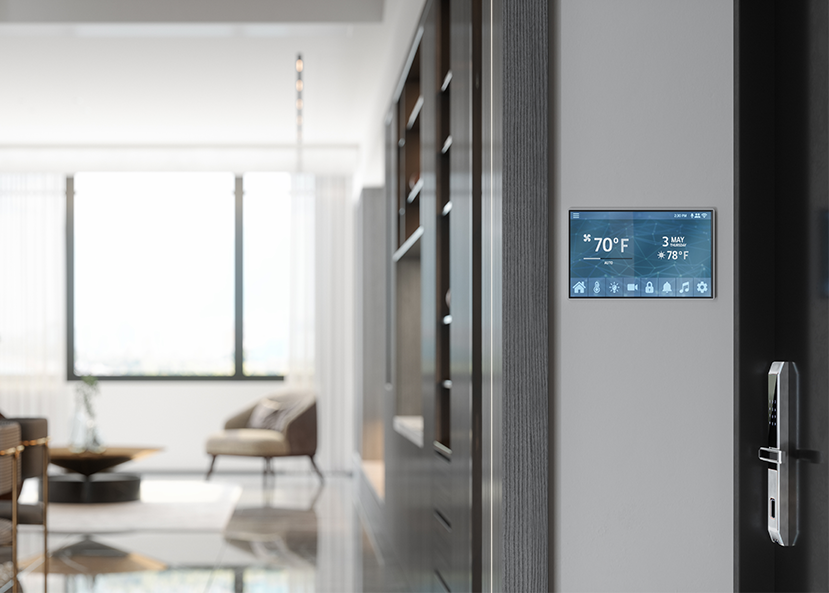






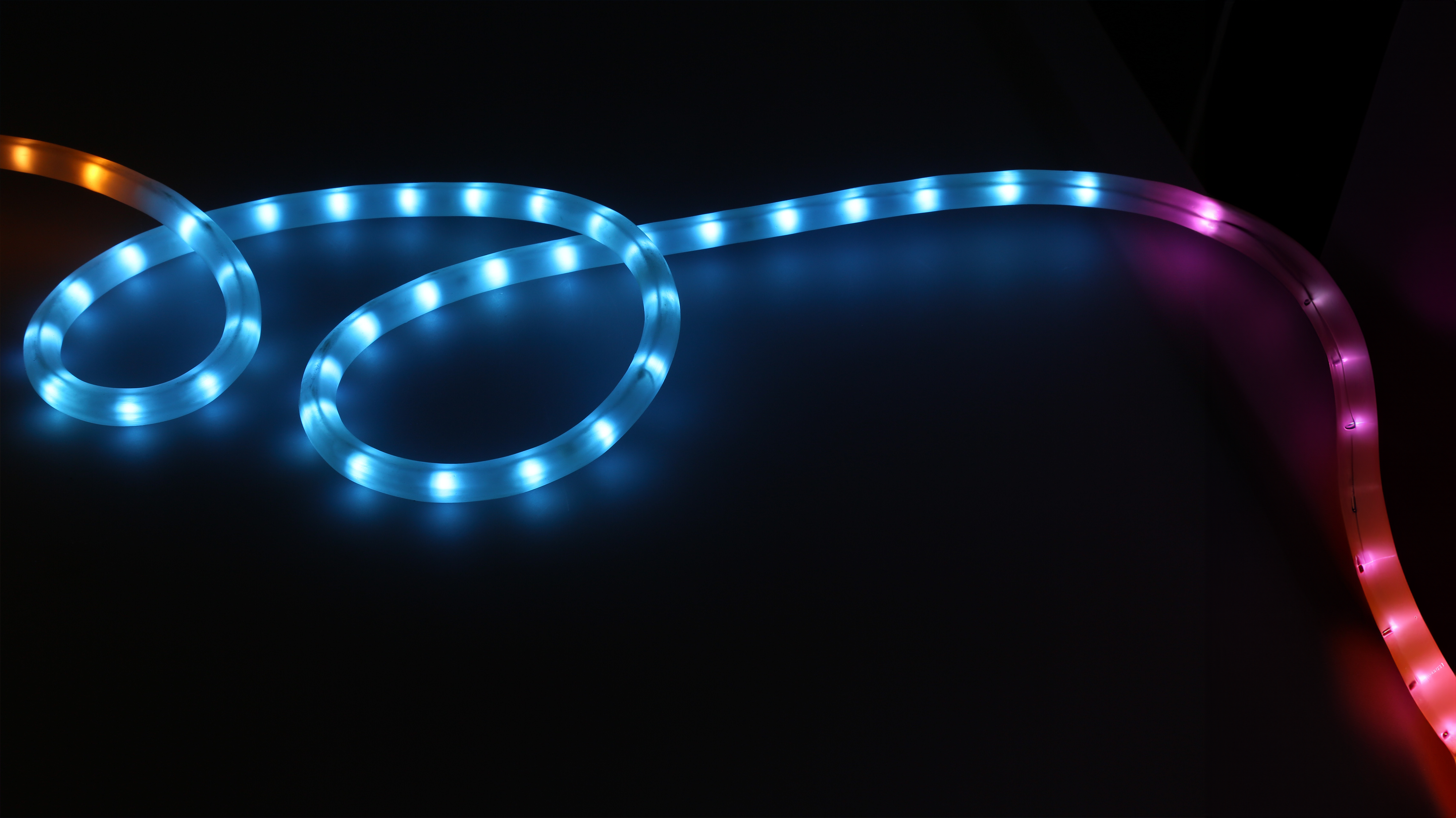













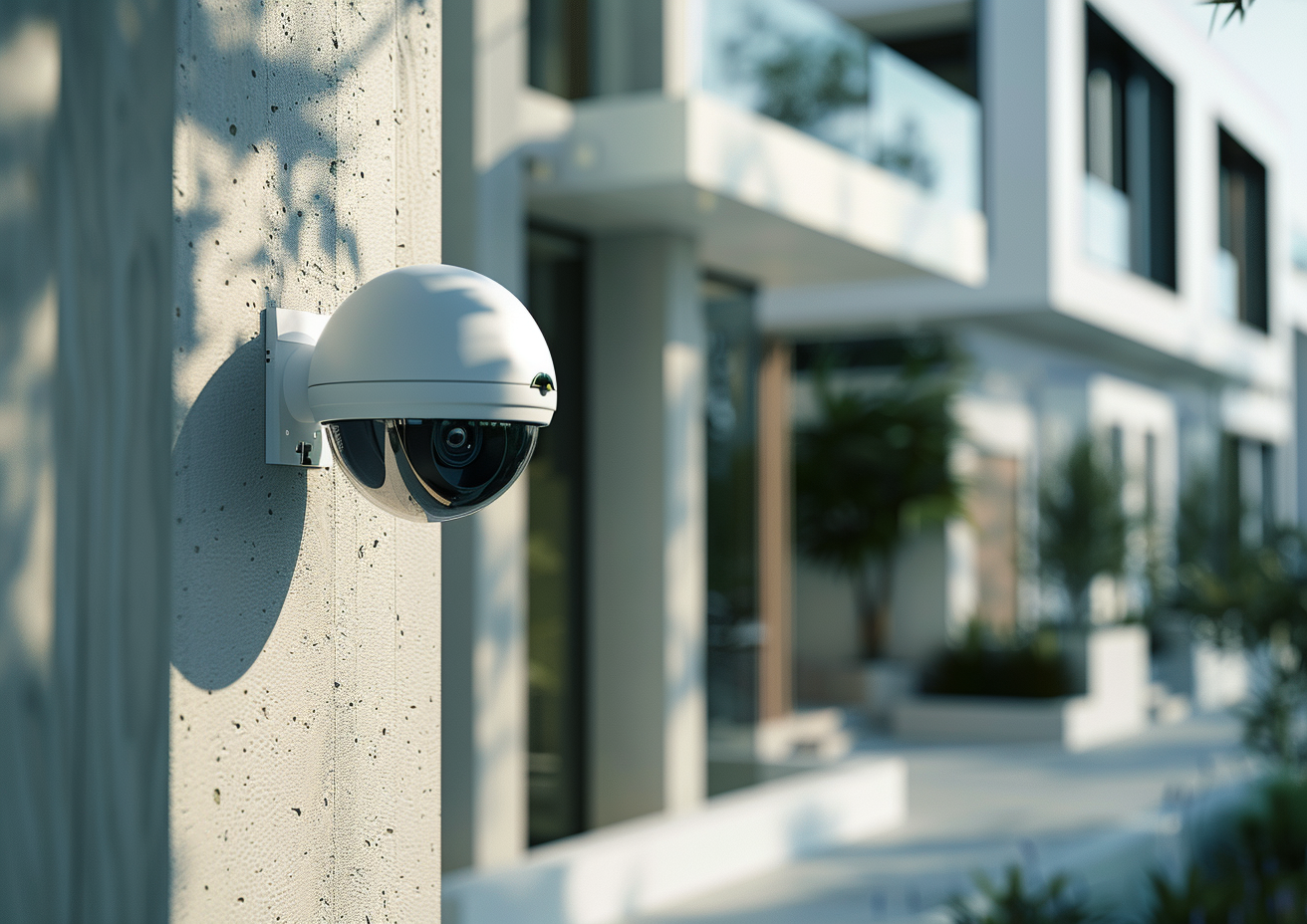











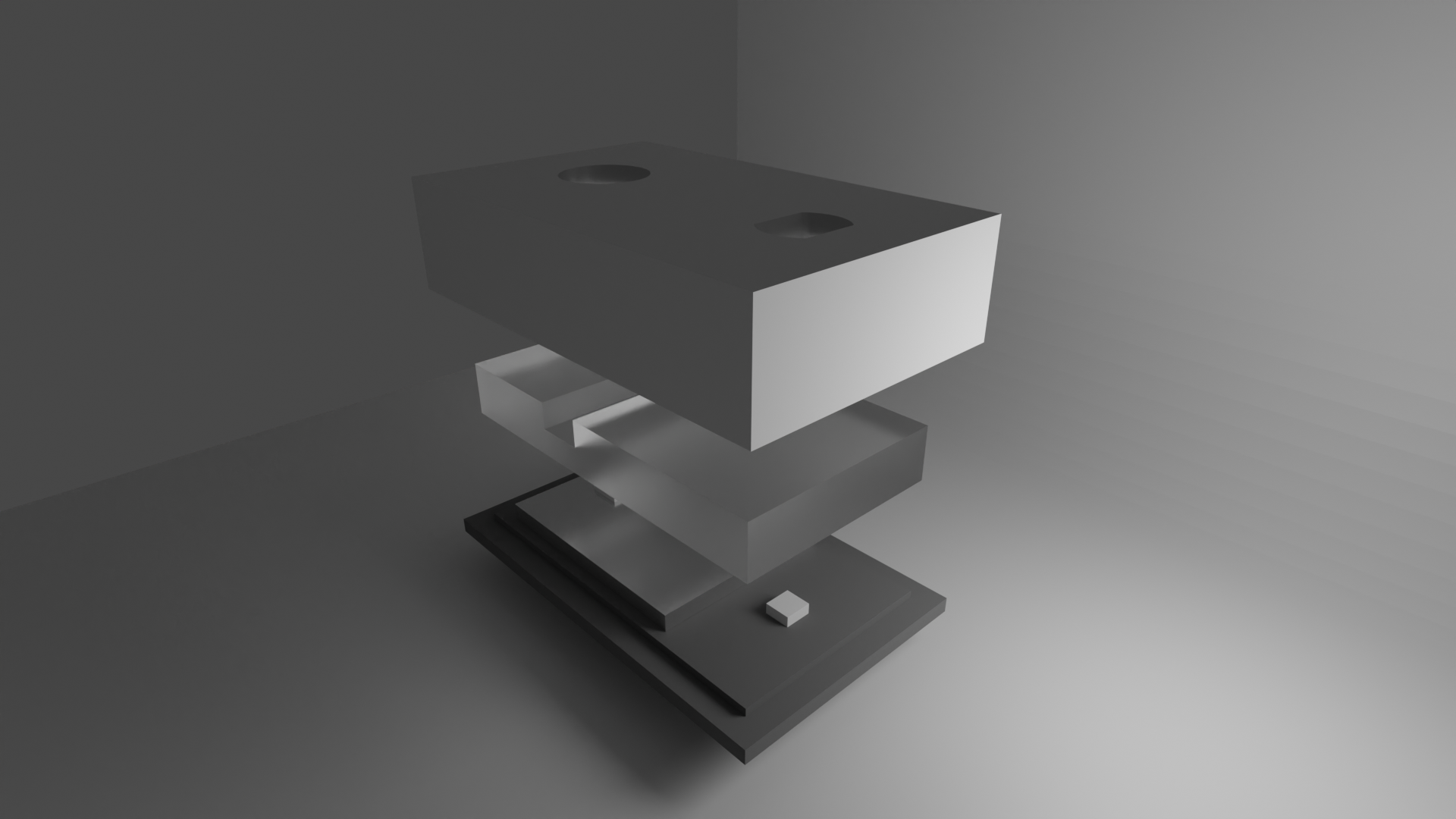














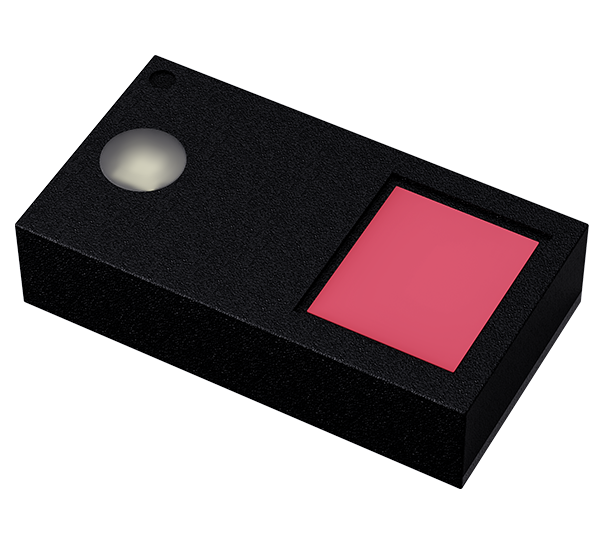
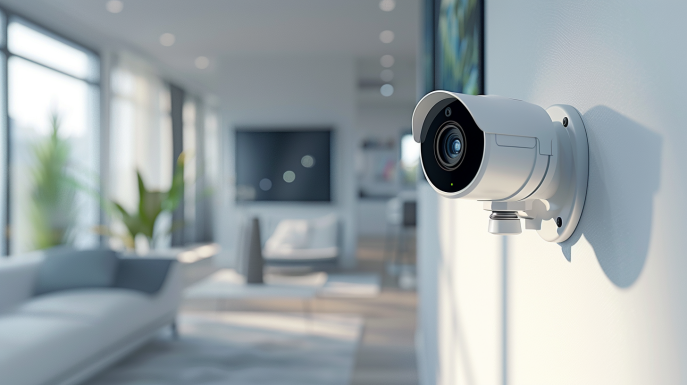
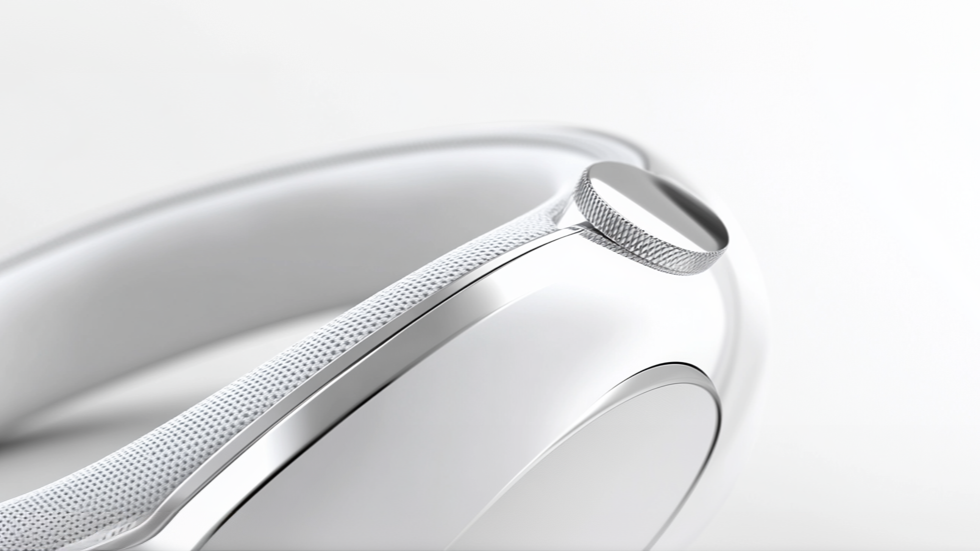
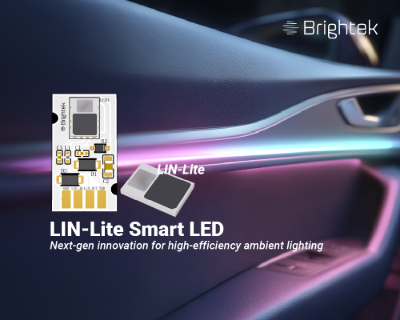






 Brightek
Brightek


